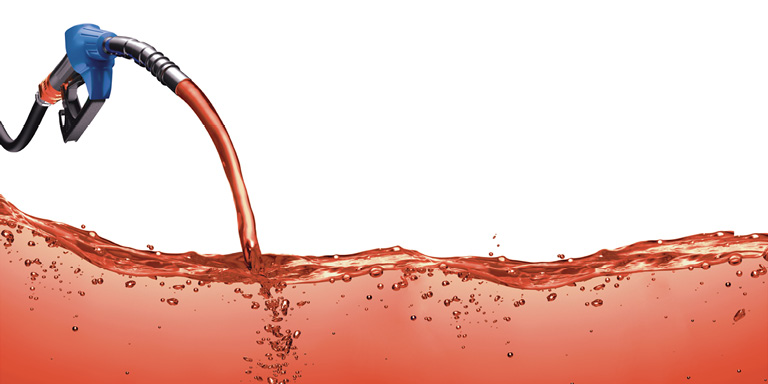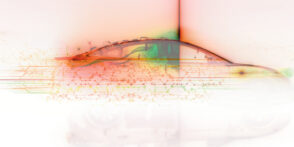Dyed Fuel Detection and Prevention
A new document from AAMVA provides best practices for detecting and deterring dyed fuel fraud
In 1994, in an effort to reduce the fraudulent use of untaxed diesel fuel, the federal government required diesel fuel sold for off-road use to be dyed red. The imposed penalties for using the dyed fuel in highway vehicles could be $1,000 or $10 a gallon, whichever was greater.
Simply put, dyed diesel fuel is regular diesel fuel with a red dye added to it. The fuel is specifically intended for off-road-use vehicles, such as farm equipment or construction vehicles, which do not put significant stress on our roadways. Dyed diesel is not subject to federal or jurisdiction fuel tax, so it’s taxed at a significantly lower rate than regular fuel. The fuel is dyed so that law enforcement can identify potential fuel fraud. If officials inspect a regular road-use vehicle and notice the red fuel, that’s against the law.
“We’re talking about hundreds of millions of dollars basically taken from our road use tax funds because people misuse that dyed fuel,” says Paul Steier, director of vehicle programs for AAMVA.
Fuel tax is generally deposited into state and federal highway accounts to build, repair and maintain roadway infrastructure. So when dyed diesel is fraudulently used in vehicles for highway use, jurisdictions lose revenue and highways become more degraded.
To address this issue directly, AAMVA recently established a Fuel Tax Fraud Enforcement Working Group of jurisdiction members with expertise in the field who researched, developed and compiled pertinent information from a variety of resources.
The result? The “Dyed Diesel Fuel Fraud Detection and Enforcement Best Practices,” published in March.
The 44-page document is intended to equip jurisdictions with information related to program development, education, compliance, enforcement and administration. Jurisdictions looking to develop or enhance a dyed diesel enforcement program can find value in utilizing this document for optimal program efficiency and effectiveness.
“The No. 1 thing this document does is provide administrators with the knowledge and tools to develop their own dyed fuel detection program,” Steier says. “Dyed diesel inspection programs are the single most effective deterrent of illegal dyed diesel use and have resulted in millions of dollars of reclaimed revenue.”
So what else does the document cover?
In its six chapters, the document delves into how to build a case to create or enhance a dyed diesel program, what legal and enforcement authority considerations are important to factor in, as well as how to address staffing, training and equipment.
“Training your staff to do the physical inspection is one thing, but you also have to be trained on the equipment,” Steier says. “So we provide examples of various tools and technology you can use to detect dyed fuel during your inspection.”
For instance, one newer form of technology to detect dyed fuel is the use of smart devices and the Internet of Things (IoT). Enforcement officers can use handheld mobile devices that use LEDs, which use light absorption to determine the type of fuel, to detect dyed fuel in the tank. The use of the IoT allows the device to communicate the results to the appropriate server when necessary and automatically alert the officer of the results.
AAMVA’s best practices document then outlines what comes after fuel fraud is detected. How should officials preserve evidence? What is the chain of custody? Will there be civil or criminal penalties?
“There are so many situations where questions can arise,” Steier says. “We want to help you make sense of the different elements of a dyed fuel detection program and to keep drivers honest.”




